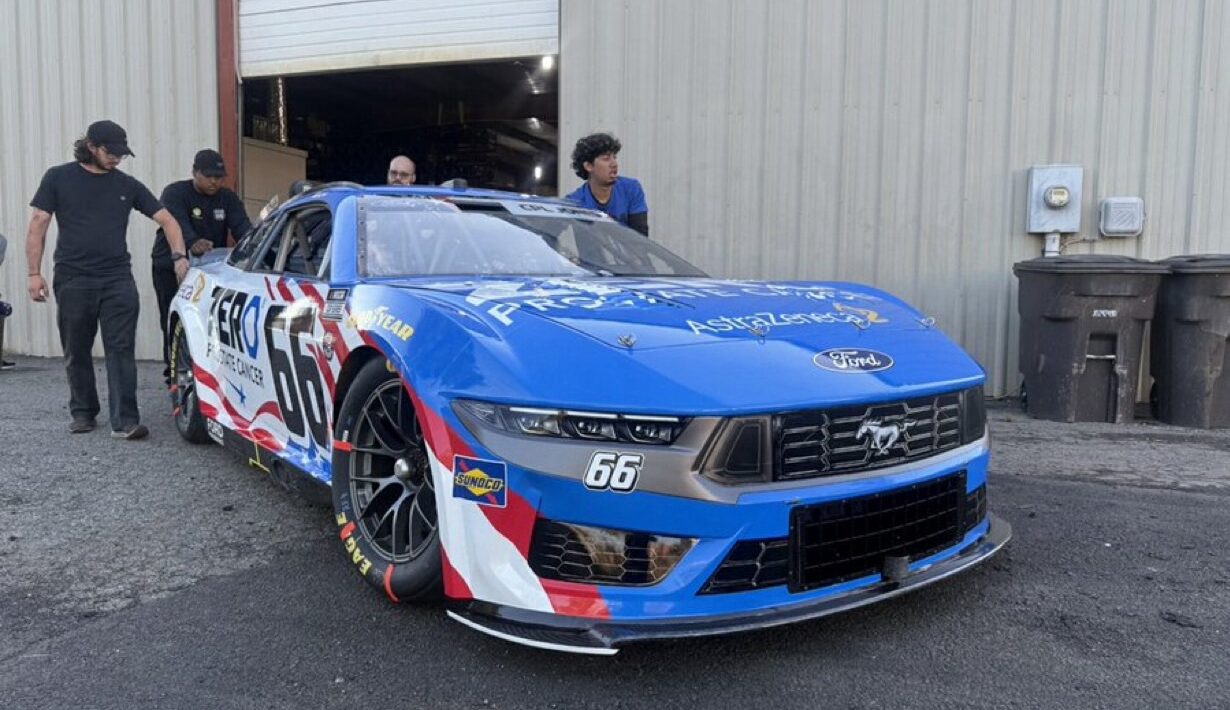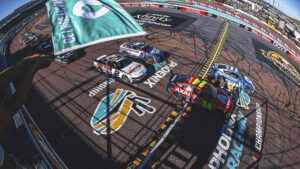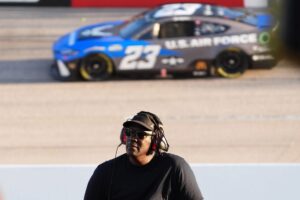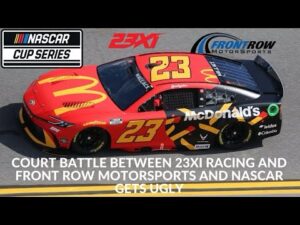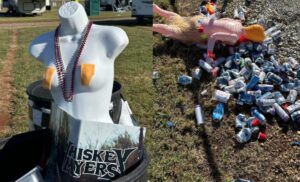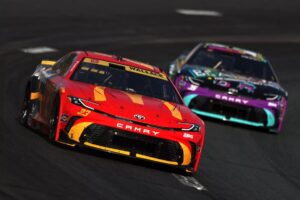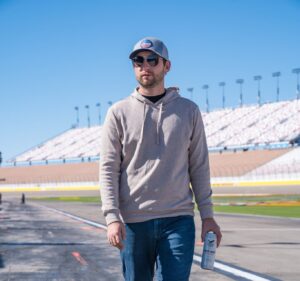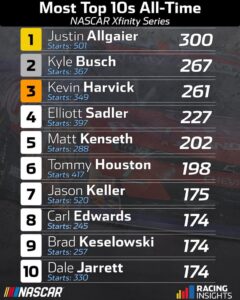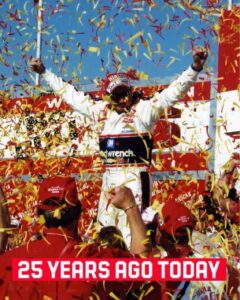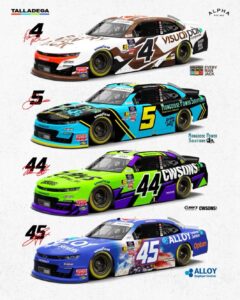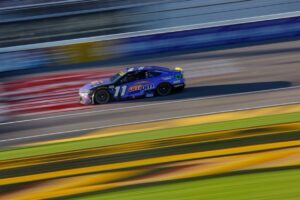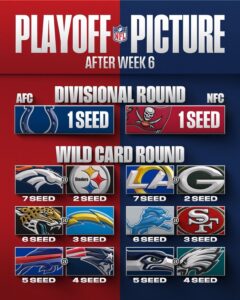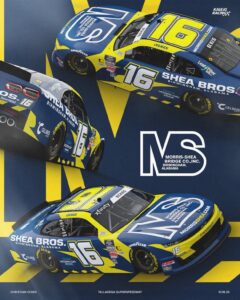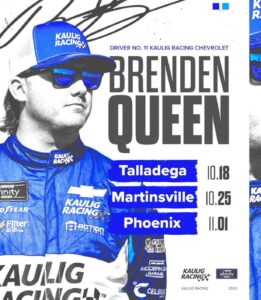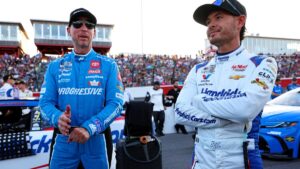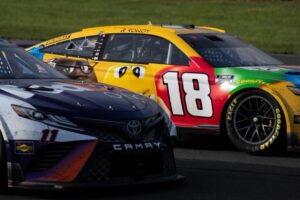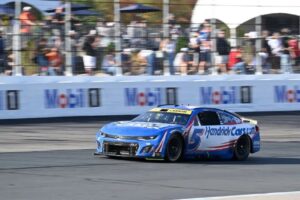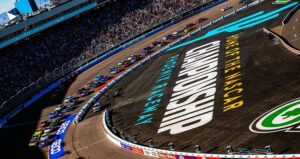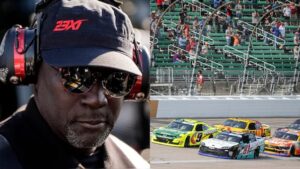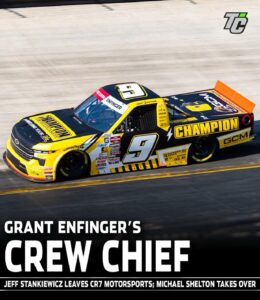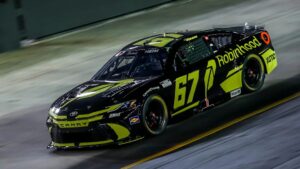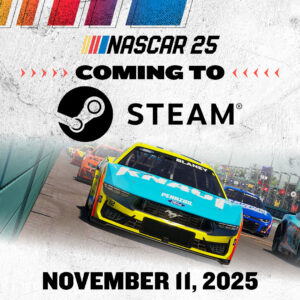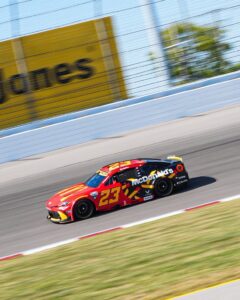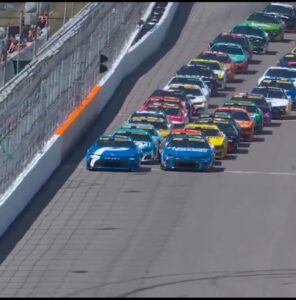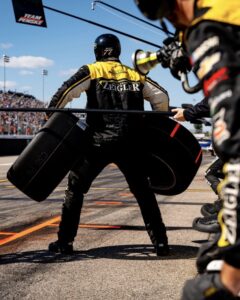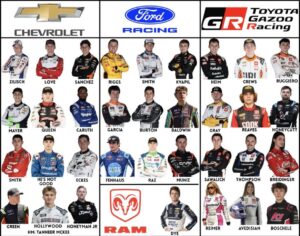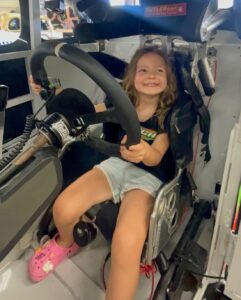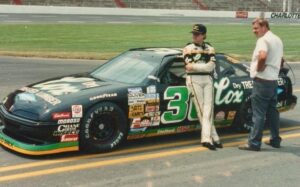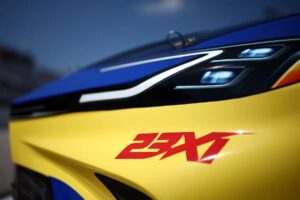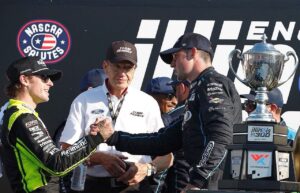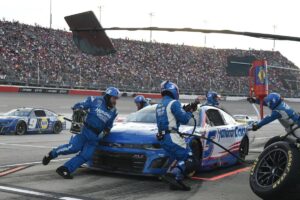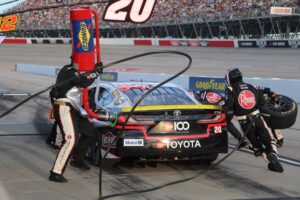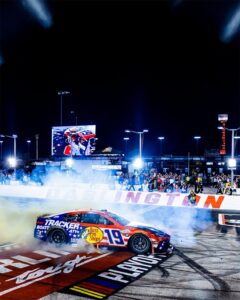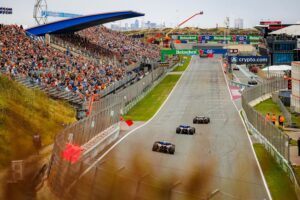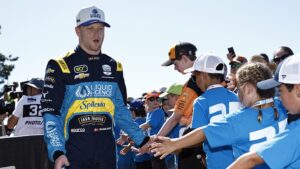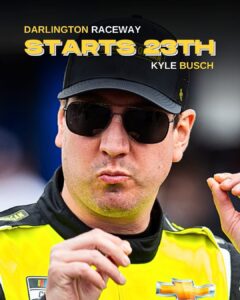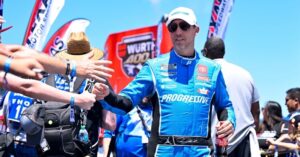Charlotte, NC — As teams prepare for one of the crown jewels of the NASCAR Cup Series, the Coca-Cola 600, fine-tuning setups has never been more critical. For one team, the focus is clear: conquer the bumps and balance the performance between the turns.
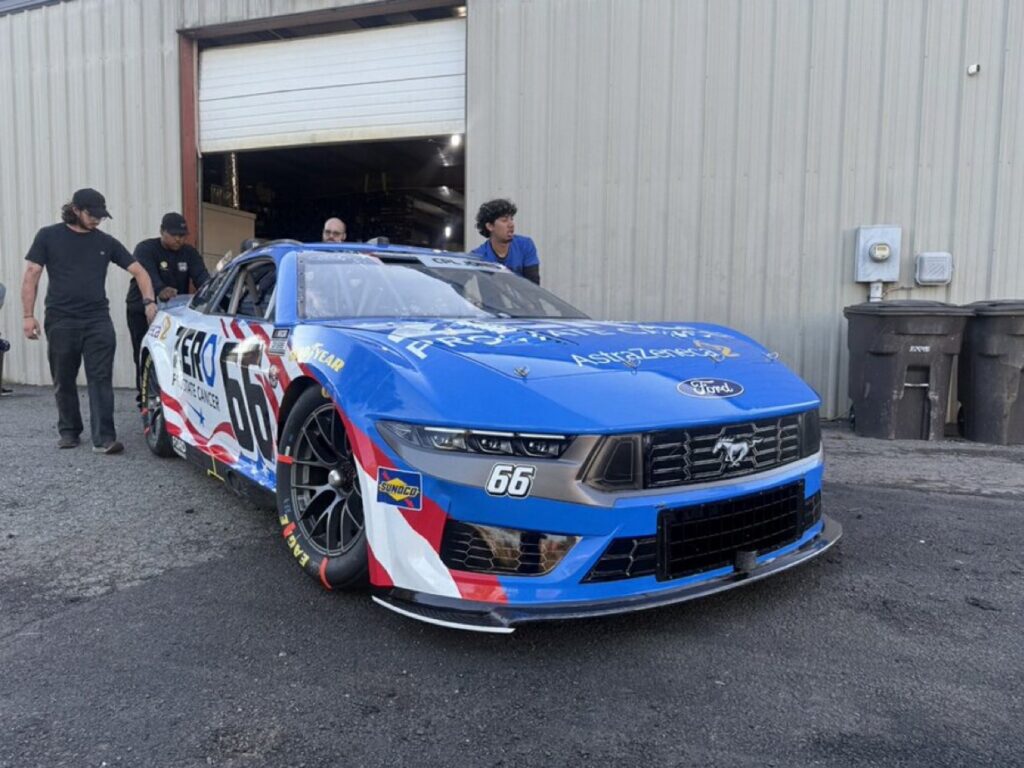
“Our biggest challenge right now is our platform over the bumps,” a team spokesperson said. “We’re better in Turns 1 and 2 than we are in 3 and 4, so we’re working on adjusting our shock compression to even things out.”
This issue is common at Charlotte Motor Speedway, especially under the grueling conditions of a 600-mile race—the longest on the NASCAR calendar. The track’s unique characteristics, including noticeable bumps in Turns 3 and 4, demand precision in setup and adaptability throughout the race.
Turns 1 and 2 are generally smoother, allowing cars to hold a tighter line with more stability. But by the time drivers reach Turns 3 and 4, the track’s surface irregularities can upset the car’s balance, particularly under braking and corner entry.
Shock Compression: A Key Setup Lever
Shock compression settings are one of the most sensitive and impactful adjustments teams can make during a race weekend. By modifying how quickly the shock absorber compresses under load, teams can control how the car handles bumps, transitions, and tire loading. Too soft, and the car might wallow or bottom out; too stiff, and it skips over bumps without enough compliance—losing grip.
As this team works to recalibrate its shock compression, the goal is to maintain the cornering speed and comfort they’ve found in the first half of the track while improving control and grip through the rougher second half.
Race Strategy in Focus
With temperatures rising and track conditions evolving over 400 laps, adaptability will be the name of the game. Teams often split their setups between optimizing for the early race and adjusting through pit stops as night falls and the track cools.
“Having a car that’s manageable over the bumps—not just fast—is going to be key in the second half of the race,” the spokesperson added. “We’re confident we’re making the right changes.”
The Bottom Line
While raw speed is important, the Coca-Cola 600 is a test of endurance—for both driver and machine. Teams that can dial in consistency over the course of the race, especially across all four corners of the track, will be the ones fighting at the front when the checkered flag drops.
As adjustments continue in the garage, one thing is certain: conquering Turns 3 and 4 may be the difference between running mid-pack and running for the win.
Stay tuned for more updates from Charlotte Motor Speedway as teams finalize their setups for the Memorial Day weekend classic.
